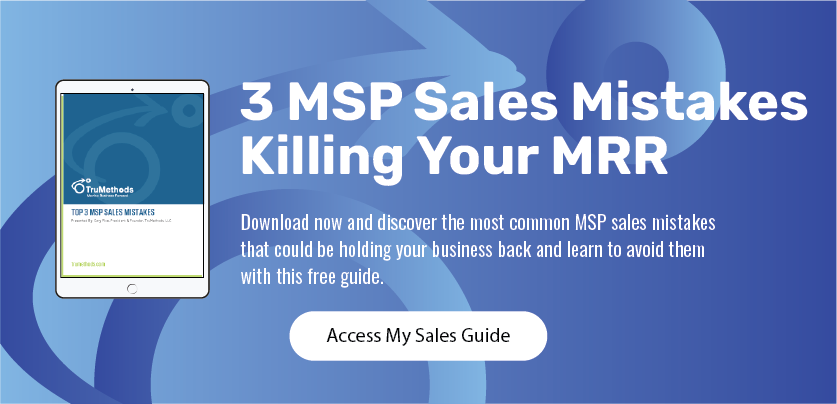An initial meeting with a prospect doesn’t have to be unpredictable.(In fact, it shouldn’t be.)The process of “setting the stage“during the initial conversation with a prospectincreases the likelihood of you being able to control the discussion from the onset, includinggetting the prospect to tell you no, which, believe it or not, isn’t necessarily always a bad thing.
Most people avoid saying no when talking to asalesperson. You avoid it. Prospects avoid it. Everyone avoids it. It’s natural for us to avoid conflict by staying positive. Plus, we don’t want to get stuck listening to a salesperson trying to overcome our objections.
However, you’re better off getting a “no“ than a “let me think about it.”The former is definitive while the latter is more of an open–ended response.
When a prospect gives you an open-ended answer, you’re no longer in control of the conversation. It usually means you’re going to be left wishing and hoping.
I can’t tell you how many times I’ve heard people tell me, “The meeting went well. They took a liking to us.” While it’s great you made friends, don’t expect them to call you for a contract to sign anywhere in the near future. It’s not likely going to happen.
When setting the stage with a new prospect, your goal should be to create an environment where the prospect is comfortable with saying no. “No” isn’t the problem in sales. It never has been, and it never will be. “No” is actually the sweetest sound you’ll ever hear.
A clear answer is what you should strive for during an initial meeting with a prospect. Setting the stage helps you accomplish this, but it requires you to do a few things first.
First, avoid coming off as a salesperson.Define the business relationship upfront by acting as a businessperson, not a salesperson. As I’ve said in the past, nobody likes to be sold to.
Next, review the agenda and reinforce your expectationswith the prospect. For example, thank the prospect again for taking the meeting and if you said the meeting would only take 30 minutes, reiterate that point. This puts you in control right off the bat.
Then, discuss possible outcomes with the prospect. The key to setting the stage is to explain that there are only two possibleoutcomes to the meeting. The first is that there is no reason to speakany further at this time. The second is that they have an interest in learningmore and you’ll schedule a next step that you control.Let them know that if there is no reason to speak further, they should be comfortable telling you no.
You do all this to take the pressure out of the situation and keep yourself in control. The further along in the discussion you go, the harder it will be for you to stay in control. By setting the stage, you set the boundaries and the rules.
You’re going to fail from time to time. Expect it. Embrace it. But don’t look at a “no” as a missed opportunity. When someone tells you no, you’ve been given the go-ahead to explore what else is out there. Take advantage of it.


